Restoration
Home / Restoration
Responsibilities:
The Restoration Programme is assigned with the responsibility to implement the National Landscape Restoration Strategy 2022-2030 and the National Agroforestry Policy. The goals under the Restoration Programme are to restore 130,000 hectares of degraded landscapes by 2030: within 50,000 hectares that have been identified in forest landscapes, and 80,000 hectares in agricultural landscapes, (including riparian forests, mangrove forests, and within watersheds) through varied restoration techniques. These goals are in line with the Bonn Challenge which seeks to restore ecological functionality of degraded and deforested landscapes while enhancing the well-being of people that co-exist with these environments, and which Belize has committed to fulfilling by 2030. The Restoration Programme also seeks funding opportunities with partners, co-managers of protected areas, private investments, and projects to fulfill its restoration goals and commitments made through Belize’s Nationally Determined Contributions (NDCs)
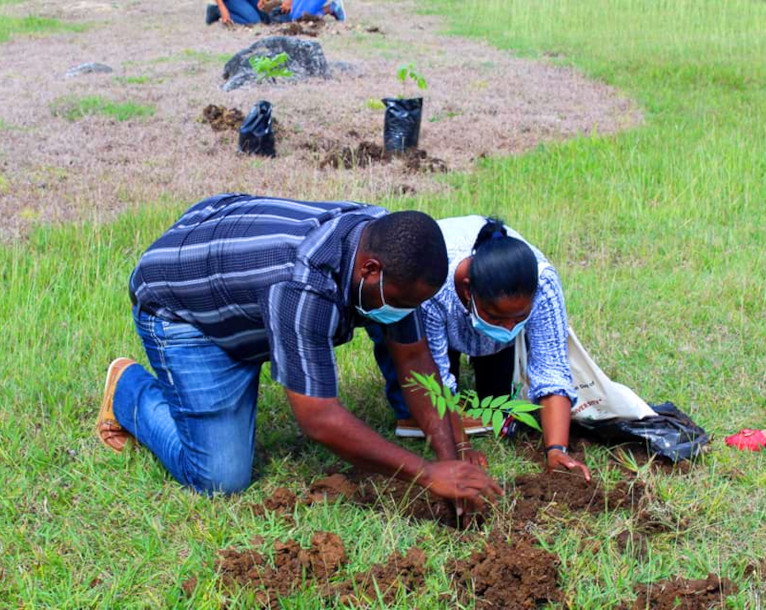
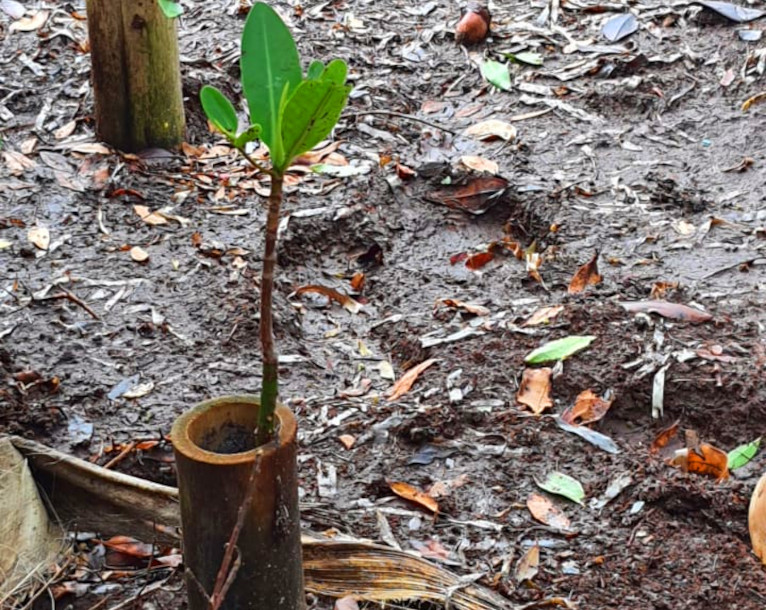
Nationally Determined Contributions (NDC) Commitments:
Land use change and forestry
Target: Reduce GHG emissions and increase GHG removals related to land use change totalling 2,053 KtCO2e11 cumulative over the period from 2021 to 2030
Actions:
- Implement reforestation practices for 1,400 hectares in forest areas inside protected areas by 2030.
- Implement restoration practices 6,000 hectares of degraded and deforested riparian forests by 2030, with 750 hectares of this being restored in key watersheds by 2025.
- Incorporate and monitor agroforestry practices into at least 8,000 hectares of agricultural landscapes by 2030 by planting shade trees, in line with the draft National Agroforestry Policy, with 4,500 hectares of this being implemented by 2025 conditional on adoption, implementation and financing of the agroforestry policy
Target:
Enhance the capacity of the country’s mangrove and seagrass ecosystems to act as a carbon sink by 2030, through increased protection of mangroves and by removing a cumulative total of 381 KtCO2e between 2021 and 2030 through mangrove restoration.
Actions:
- To build on the 12,827 hectares of mangroves currently under protection, by further protecting at least 6,000 hectares of mangroves by 2025, and an additional 6,000 hectares by 2030.
- Establish new and/or improve existing public conservation measures to cover 100% of publicly owned areas identified in the Government’s mangrove priority areas from the Forests (Protection of Mangroves) Regulations 2018.
- Establish partnerships with private landholders, local communities, and bilateral and multilateral agencies for the continued enforcement of the 2018 mangrove regulations. *This is a non-CO2e commitment since baseline mangrove loss has been negligible over the 20-year period from 2001 to 2020.
- Restore at least 2,000 hectares of mangroves, including within local communities, by 2025, with an additional 2,000 hectares by 2030.
- Halt and reverse net mangrove loss by 2025 through public measures and partnerships with private landowners, local communities, and other relevant stakeholders.
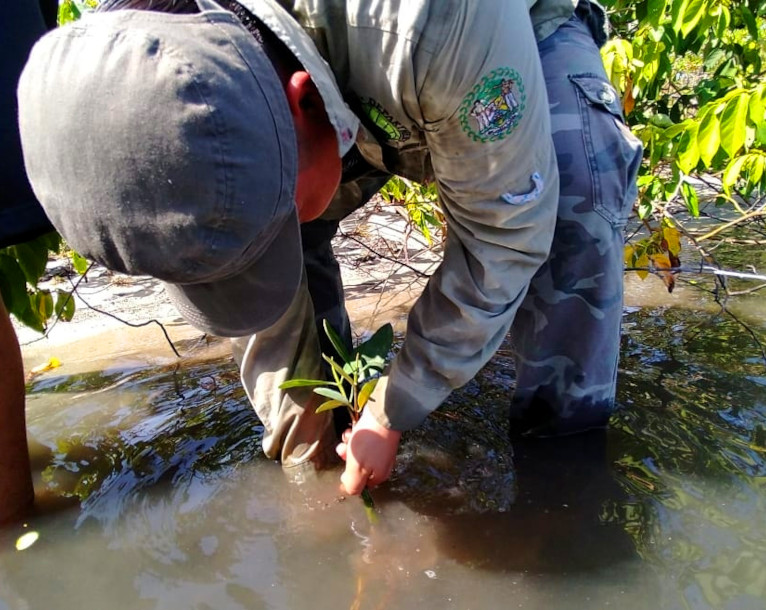
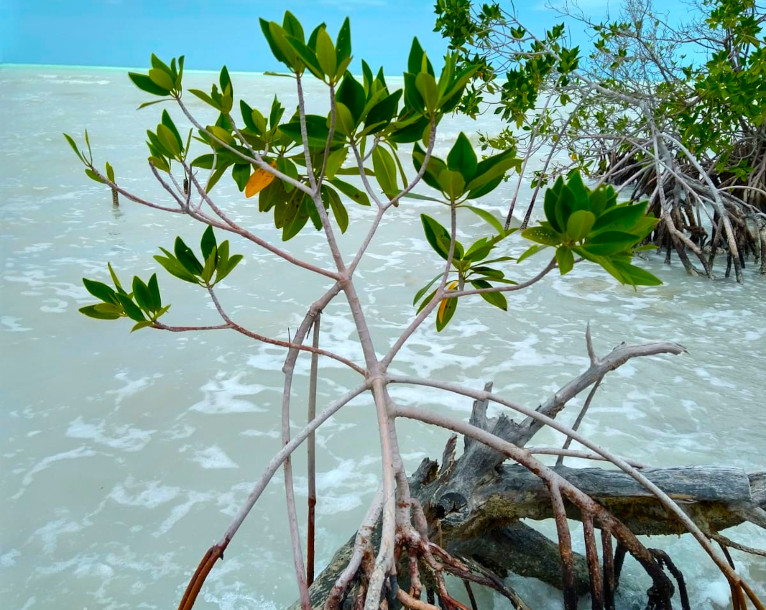
Cross-sectoral NDC Commitments:
Target: Reduce methane emissions from livestock by 10% by 2030 and avoid emissions of at least 4.5 KtCO2e16 related to agriculturally driven land use change by 2025.
Actions:
- Improve the management of 80,000 hectares of the agro-landscape through good agricultural and silvopastoral practices, including by bringing 30,500 hectares under sustainable agriculture systems with biodiversity benefits and 15,000 hectares in production systems under sustainable land management.
- Restore 200 hectares of arable sugar land in Northern Belize that has been denuded over time by use.
Target:
Increase resilience to climate impacts for coastal communities and habitats by managing further development of the coastline to reverse net coastal habitat and land loss by 2025.
Actions:
- Build on the mitigation target of expanding the current 12,827 hectares of mangroves under protection by at least a further 6,000 hectares of mangroves by 2025. The adaptation measure includes: the establishment of new and/or improvement of existing public conservation measures to cover 100% of publicly owned areas identified in the Government’s mangrove priority areas from the Forests (Protection of Mangroves) Regulations 2018; partnerships with landlords of privately owned mangroves, local communities, bilateral and multilateral agencies; and the continued enforcement of the 2018 mangrove regulations.
- Strengthen resilience of local coastal communities and enhance the ecosystem services provided by mangroves through the restoration of at least 2,000 hectares of mangroves within local communities by 2025, with an additional 2,000 hectares by 2030.
- Promote public measures and partnerships with private landowners, local communities, and other relevant stakeholders to encourage mangrove preservation and reduce mangrove loss by 2025.

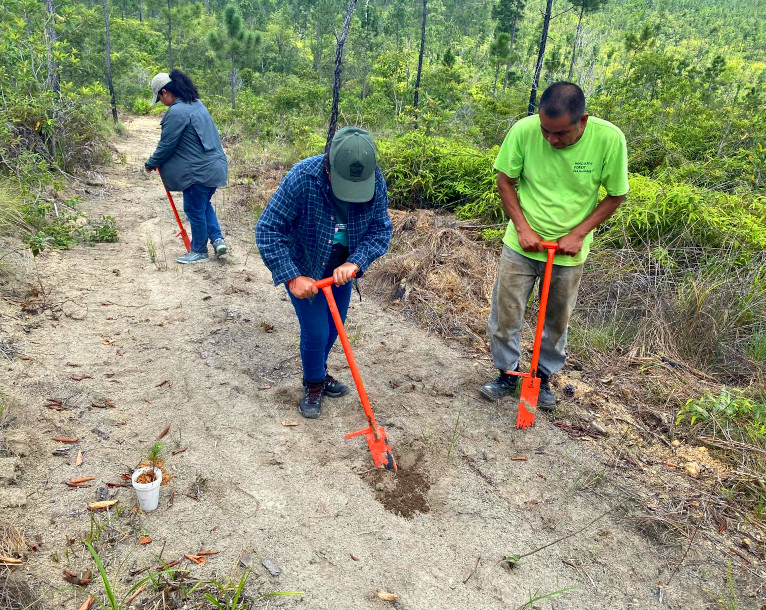
Other Activities
- Sensitization of the Forests (Protection of Mangroves) Regulations, 2018 for Belize Forest Department, stakeholders and the general public. .
- Through partnerships, training provided on Mangrove Restoration Techniques for officers of the Belize Forest Department, NGO’s and other key stakeholders.

